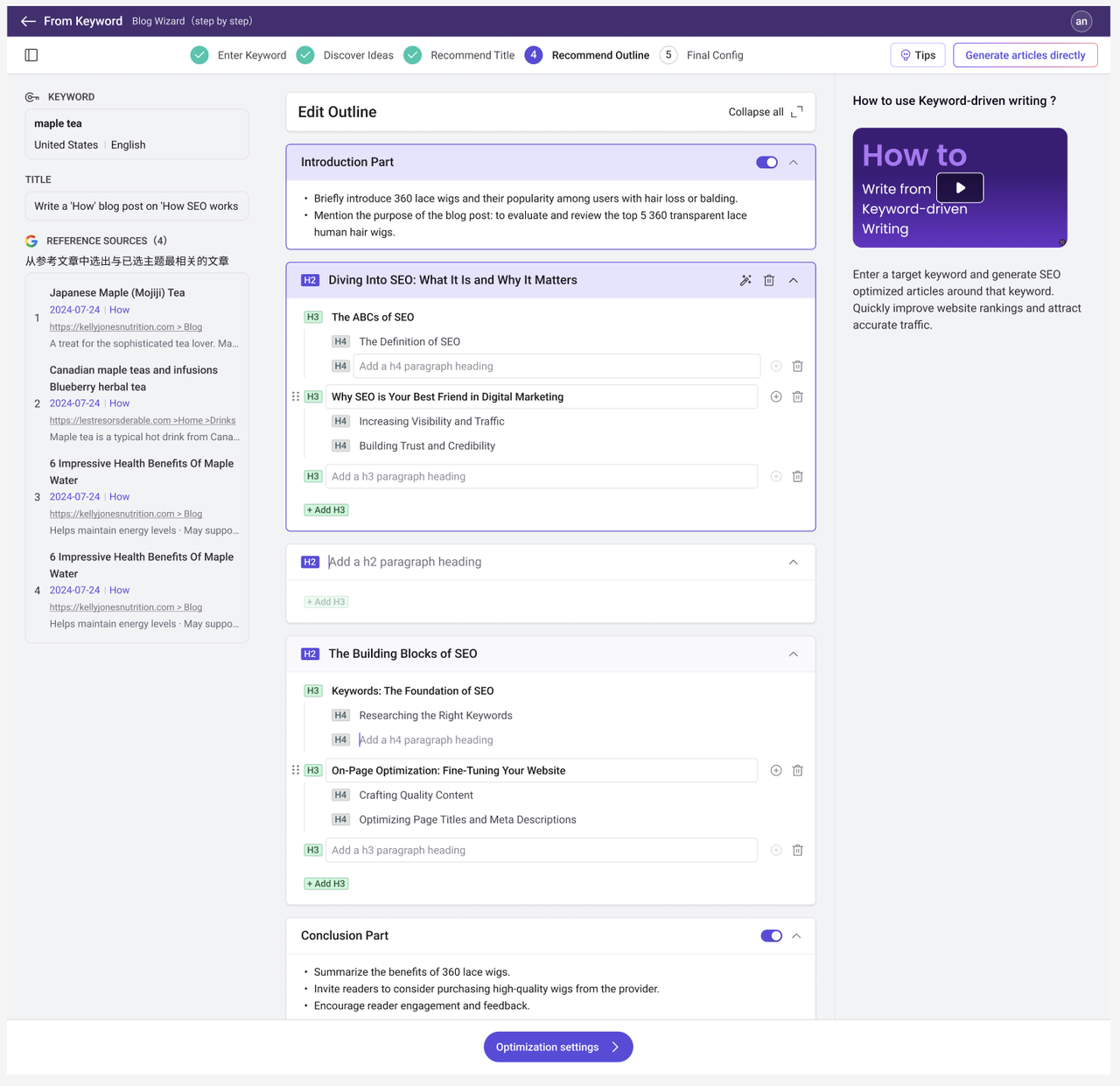What is the H1... N tag and why is it useful?
In blog writing, using tags such as H1 and H2 plays an important role. They not only help organize content and readers' understanding, but also have a significant impact on SEO (search engine optimization). The following is a detailed explanation of the role of these tags.
Labels
H1 label
The H1 tag is usually used for the main title of web pages or blog posts, and is the most important title on the page. It clearly conveys the core theme of the page to readers and search engines... For example, in a blog post introducing a certain professional knowledge, the H1 tag may be "In-depth understanding of Machine Learning".
| Tips: A page should usually only contain one H1 tag to avoid confusion and ensure the best SEO results |
|---|
H2 label
H2 tags are used as sub-headings for the main content. They help divide the article into several main parts, allowing readers to quickly browse and find the content they are interested in. In the above Machine Learning blog post, H2 tags may include "Basic Concepts of Machine Learning", "Main Algorithm Types", "Practical Applications", etc.
H3 tag and below
H3 tags and below (H4, H5, H6) are used to further subdivide the content and provide a more detailed hierarchy. They help organize complex information and make the content easier to understand and navigate. For example, under the H2 tag of "main algorithm type", the H3 tag can be "supervised learning algorithm" and "unsupervised learning algorithm".
The role and best practices of H tags
Content organization
Using tags such as H1, H2, and H3 can help authors organize the article structure clearly, making it easy for readers to understand and navigate the content. This hierarchical structure is similar to the chapters and sections of a book, which helps readers quickly find the information they need.
SEO optimization
Proper use of these tags has a significant impact on SEO. Search engines use these tags to understand the hierarchy and importance of page content. For example, including the main keywords in the H1 tag and relevant secondary keywords in the H2 and H3 tags can improve the ranking of the page in search results.
User Experience
Good title structure improves User Experience, allowing readers to quickly browse and understand the content. This not only increases the readability of the page, but also may reduce the bounce rate and increase the user's stay time on the page.
Coherence and normative
It is also important to maintain consistency and standardization of title tags. For example, H1 tags should be concise and clear, and H2 and H3 tags should accurately describe each part of the content, avoiding keyword stuffing Assuming you are writing a blog post about "Machine Learning", the use of outline and title tags may be as follows:
A Deeper Understanding of Machine Learning (H1)
Basic Concepts of Machine Learning (H2)
Machine learning is a technique for training algorithms on data so that they can automatically improve and make predictions.
Major Types of Algorithms (H2)
Supervised Learning Algorithms (H3)
Supervised learning algorithms are trained using labeled data, such as regression and classification algorithms.
Unsupervised Learning Algorithms (H3)
Unsupervised learning algorithms are trained using unlabeled data, such as clustering and association rules.
Practical Applications (H2)
Speech Recognition (H3)
Applications of machine learning in speech recognition, e.g., intelligent assistants.
Image Processing (H3)
Application of machine learning in image processing, e.g. self-driving cars.
This structured approach not only helps readers better understand and navigate the content, but also enhances the SEO effectiveness of the page.
How QuickCreator helps authors set H tags
In blog writing, QuickCreator will help the author manage the H tag. When generating the page, the Title will be converted to the H1 tag and the Outline will be directly converted to other H tags.
